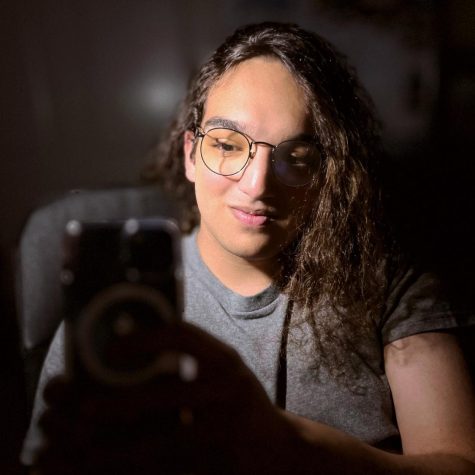Rewriting the books, one shirt at a time
How we can progress by abolishing gendered dress codes in our schools
Photo by cottonbro via Pexels
A group of teens posing for the camera in front of a hallway.
Opinion Column by Brenden Malacara, written May 23, 2022
It wasn’t long before the junior class officers walked down to the foyer and hung up the prom poster, promoting the event as a high class, black tie event.
However, there were signs hanging besides them that spelled out the dress code for both “gentlemen and ladies,” with the implication that you could be denied access based simply on your style of clothing. The gentlemen’s dress code consisted of a suit and a mandatory tie, while the ladies must don a dress and heels.
While we can understand that a dress code is necessary to keep a formality in a “high class” event, it is merely a side effect of a sobering reality that students face in school today: the lack of proper LGBTQ support, allowing students to come out and be who they truly are.
As America transitions to a more gender-neutral society, a school should reflect those societal changes as students prepare to enter the adult, working crowd.
We’ve seen this type of discrimination before. During the first semester, crowds of students, particularly women, across the country protested against their school’s dress code, citing “overtly sexist” or “racist” codes as in the case of an East Bernard, Texas school dress code that banned “corn rows or braided hair.”
Schools, like the aforementioned, should be putting a priority on learning before what their students wear to school every day, which causes learning delays and, potentially, a bigger hassle over a snapback hat or a “too revealing” crop top. However, some students still don’t get it, and still flaunt dress code and get angry when an admin yells at them to lift their pants up.
Now, while some students can declare it an invasion of privacy that admins are yelling at them about their bra, some students are now preaching a similar tone to that of Tinker v. Des Moines, saying that what they wear is an expression of themselves, and can be considered a First Amendment right if the question is ever raised.
While Tinker does not specifically cover all of the gender-based questions raised in recent years regarding dress code regulations, Tinker set a pathway for Title IX, which bars gender-based discrimination in any publicly funded school. Dress-code regulations, however, are not considered a Title IX violation as it applies to all students, regardless of gender.
However, that should not serve as an excuse for the feminine-centric dress code, with many rules pertaining to skirts and halter tops. Does this serve a purpose other than to promote that it’s the person’s fault for dressing inappropriately and they’re the reason that everyone stares at them?
It should not serve as an excuse to discriminate against those LGBTQ either, especially as we strive to become more progressive in our schools. If we set limits as to what our school wishes to wear, we will only regress further into the days of school uniforms, where we can solve the problem by simply eliminating it.
By allowing students to wear what they wish, given that it isn’t too revealing or “unkept” like pajamas, the freedom of expression can flourish once more in an environment where student speech is still restricted to not interrupt classes.
We should create comfortable environments within our school to allow students, especially those LGBTQ, to dress in a safe and natural environment without fear of disapproval and getting in trouble with admin or even their parents.
If we want to strive to become a shining example of student expression and safety, we need to start with the dress code and prevent any unintentional gender or sexuality discrimination with our future dress codes.






